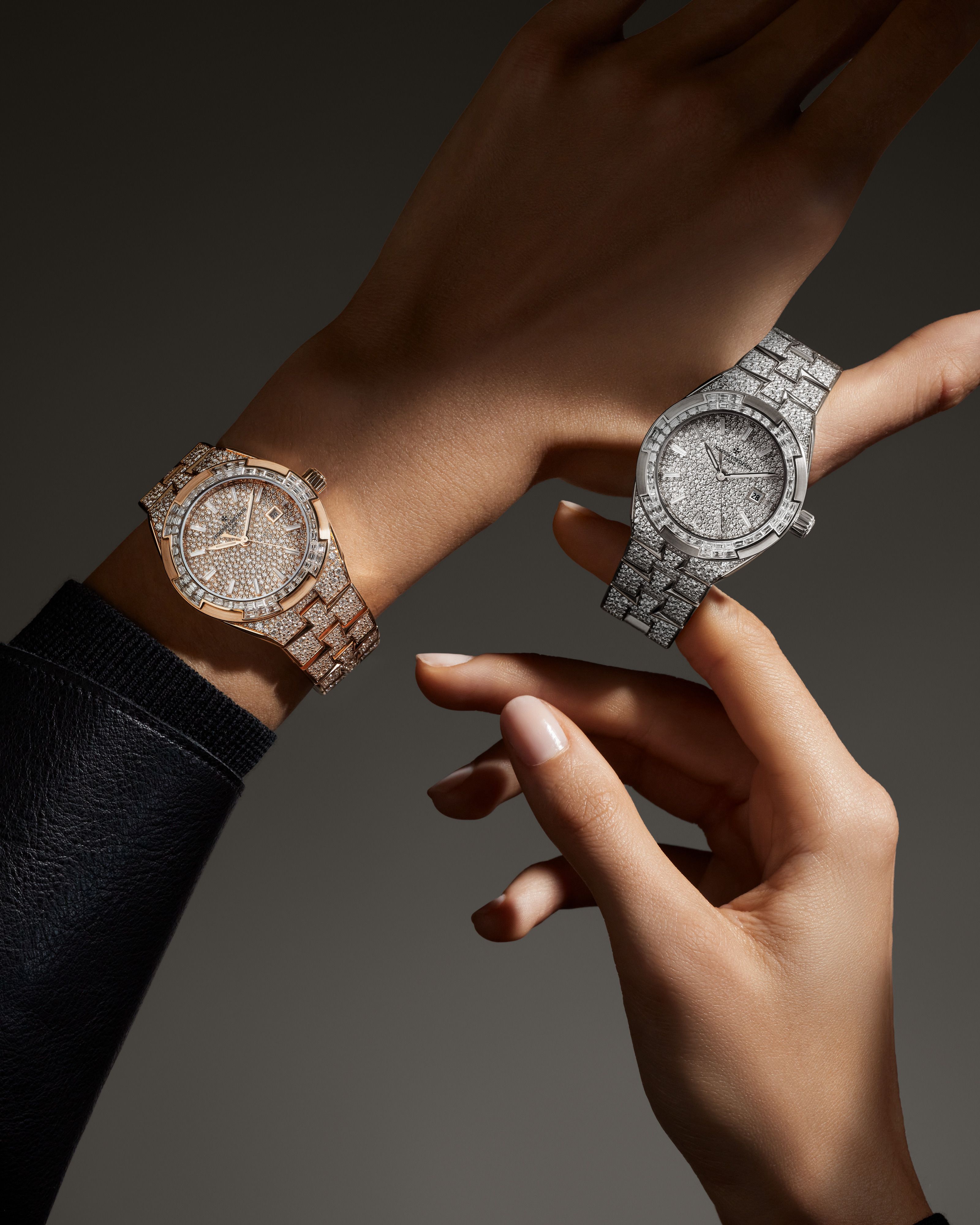

Illustrated by [Madeline McMahon](https://www.madelinemcmahon.com/)
2019 is a world consumed with finding alternatives to meat, and with good reason: the end is near and big bovine’s the reason. Forests are burning, cows are farting, and somehow it’s all getting on the lettuce. Fake meat is in, red meat is out, and few signs of the heifer exodus sizzle louder than the faux burger.
Impossible and Beyond Meat come to mind, and there are others. But are there? These patties differ from their fore-burgers (the Boca and Garden variety) because they taste like the “real thing”—these are meat substitutes, not flaky amalgams of five-bean whatever and chickpea shlock. The chew, the _umami_, the ‘mouth feel’ you call it—if you’re insufferable—it’s all there in beef 2.0. And of course, the ultimate sanguine selling point: it bleeds. “We were obsessed with getting a burger that bled,” you’ll hear these faux-beef CEOs say—is that not _Impossibly_ creepy?
Short of drywall, the quality of burger meat is irrelevant anyway. Even at a good, $14 burger joint, it’s not _really_ the meat you’re tasting, it’s the butter they used to cook it, the char of
the grill, and the way it’s dressed. The finest burger (fake or
not) I’ve had is the Impossible burger at Monty’s in K-Town. Their sandwich parrots the In-N-Out “animal” style, with
grilled onions ensconced in a hearty sluice of vegan cheese and Impossible _meete_, all on a pillowy potato bun. The texture of the _beaf_ echoes the clean, fluid bite of a Double-Double, with curdy globules of soy perfectly pantomiming minced meat. Monty’s makes you rethink everything; if food is just a synthesized complex string of fats and proteins, why, according to Beef Magazine and the USDA, are we still ‘liquidating’ 3 million cows a year?
And what about soy? How do you think they make this stuff? Beyond Meat comes from pea protein, which is more popular than like, coconut oil and Juul-ing combined, but Impossible makes their meat with ‘heme’—short for soy leghemoglobin—which is basically plant blood. Impossible ran into regulatory roadblocks with heme last year. According to the _New York Times_, the Food and Drug Administration “...expressed concern that heme has never been consumed by humans and may be an allergen.” Pick your poison; if people want to eat poorly, that sucks. If they want to eat poorly and not hurt animals, all the better.
Phony meat is not one monolithic, universal product like
a _Simpsons_ episode or a can of Diet Coke: it matters where
you get it. The Impossible Fatburger tastes just like the real thing, and Burger King recently claimed that even long-time executives couldn’t tell the difference between a real Whopper and one derived from bean blood. The first day Burger King started selling their fake burgers (April 1st), I drove to one of their shops and tried to get one. I hadn’t eaten Burger King in over a decade (not to brag), but this location hadn’t gotten any of their phony burgers yet, and the person in the speaker didn’t know what I was talking about. The next day I went to Carl’s
Jr. (Hardee’s to our readers along the Atlantic) and got their version of a Beyond Meat whatever. My patty was lukewarm and undercooked, but tasted exactly like Carl’s version of a murder burger, albeit tepid and sad.
When I was a child, between episodes of _Married With_ _Children_ and _Home Improvement_, half-naked super models on
TV would eat Carl’s Jr. burgers slathered in everything. As the condiment sludge dribbled down their svelte bods, a hunky Gen-X _d00d_ would whisper, “If it doesn’t get all over the place, it doesn’t belong in your face.” It was something. Surely my messy relationship to sex and food and whatever else was cemented in those cathode rays like so much special sauce. Anyway, the Carl’s Jr. of yore was making a condiment play, and that gets to the core value of a burger—it’s the condiments, the char, the bun that makes the thing—the meat is moot.
While I mention cow farts and deforestation half-jokingly, you can eat a Monty’s burger (or any synth-patty) without the spiritual bloat of knowing that a poor cow with Liam Gallagher bangs died for your lunch. Along with artificial sweeteners
and vaping, fake meat falls into a broader trend of defanging the indiscretions of adolescence. Technology has allowed us
to live a never-ending, synthesized form of our high school selves (smoking and eating hamburgers) with a fraction of
the environmental and health consequences. Isn’t that great? Seriously. Fake meat is a greasy olive branch across the aisle
of our divided nation, a thawing of nihilism, and a real sign
of hope. If major fast-food chains can offer ‘motherless’ meat alternatives, then there’s a market for kindness, however minute. Burgers today, steaks tomorrow, 2020 is hankering for compassionate, phony bologna and the sooner we get there the better off we’ll beef.
 
Illustrated by [Madeline McMahon](https://www.madelinemcmahon.com/)
2019 is a world consumed with finding alternatives to meat, and with good reason: the end is near and big bovine’s the reason. Forests are burning, cows are farting, and somehow it’s all getting on the lettuce. Fake meat is in, red meat is out, and few signs of the heifer exodus sizzle louder than the faux burger.
Impossible and Beyond Meat come to mind, and there are others. But are there? These patties differ from their fore-burgers (the Boca and Garden variety) because they taste like the “real thing”—these are meat substitutes, not flaky amalgams of five-bean whatever and chickpea shlock. The chew, the _umami_, the ‘mouth feel’ you call it—if you’re insufferable—it’s all there in beef 2.0. And of course, the ultimate sanguine selling point: it bleeds. “We were obsessed with getting a burger that bled,” you’ll hear these faux-beef CEOs say—is that not _Impossibly_ creepy?
Short of drywall, the quality of burger meat is irrelevant anyway. Even at a good, $14 burger joint, it’s not _really_ the meat you’re tasting, it’s the butter they used to cook it, the char of
the grill, and the way it’s dressed. The finest burger (fake or
not) I’ve had is the Impossible burger at Monty’s in K-Town. Their sandwich parrots the In-N-Out “animal” style, with
grilled onions ensconced in a hearty sluice of vegan cheese and Impossible _meete_, all on a pillowy potato bun. The texture of the _beaf_ echoes the clean, fluid bite of a Double-Double, with curdy globules of soy perfectly pantomiming minced meat. Monty’s makes you rethink everything; if food is just a synthesized complex string of fats and proteins, why, according to Beef Magazine and the USDA, are we still ‘liquidating’ 3 million cows a year?
And what about soy? How do you think they make this stuff? Beyond Meat comes from pea protein, which is more popular than like, coconut oil and Juul-ing combined, but Impossible makes their meat with ‘heme’—short for soy leghemoglobin—which is basically plant blood. Impossible ran into regulatory roadblocks with heme last year. According to the _New York Times_, the Food and Drug Administration “...expressed concern that heme has never been consumed by humans and may be an allergen.” Pick your poison; if people want to eat poorly, that sucks. If they want to eat poorly and not hurt animals, all the better.
Phony meat is not one monolithic, universal product like
a _Simpsons_ episode or a can of Diet Coke: it matters where
you get it. The Impossible Fatburger tastes just like the real thing, and Burger King recently claimed that even long-time executives couldn’t tell the difference between a real Whopper and one derived from bean blood. The first day Burger King started selling their fake burgers (April 1st), I drove to one of their shops and tried to get one. I hadn’t eaten Burger King in over a decade (not to brag), but this location hadn’t gotten any of their phony burgers yet, and the person in the speaker didn’t know what I was talking about. The next day I went to Carl’s
Jr. (Hardee’s to our readers along the Atlantic) and got their version of a Beyond Meat whatever. My patty was lukewarm and undercooked, but tasted exactly like Carl’s version of a murder burger, albeit tepid and sad.
When I was a child, between episodes of _Married With_ _Children_ and _Home Improvement_, half-naked super models on
TV would eat Carl’s Jr. burgers slathered in everything. As the condiment sludge dribbled down their svelte bods, a hunky Gen-X _d00d_ would whisper, “If it doesn’t get all over the place, it doesn’t belong in your face.” It was something. Surely my messy relationship to sex and food and whatever else was cemented in those cathode rays like so much special sauce. Anyway, the Carl’s Jr. of yore was making a condiment play, and that gets to the core value of a burger—it’s the condiments, the char, the bun that makes the thing—the meat is moot.
While I mention cow farts and deforestation half-jokingly, you can eat a Monty’s burger (or any synth-patty) without the spiritual bloat of knowing that a poor cow with Liam Gallagher bangs died for your lunch. Along with artificial sweeteners
and vaping, fake meat falls into a broader trend of defanging the indiscretions of adolescence. Technology has allowed us
to live a never-ending, synthesized form of our high school selves (smoking and eating hamburgers) with a fraction of
the environmental and health consequences. Isn’t that great? Seriously. Fake meat is a greasy olive branch across the aisle
of our divided nation, a thawing of nihilism, and a real sign
of hope. If major fast-food chains can offer ‘motherless’ meat alternatives, then there’s a market for kindness, however minute. Burgers today, steaks tomorrow, 2020 is hankering for compassionate, phony bologna and the sooner we get there the better off we’ll beef.

Illustrated by [Madeline McMahon](https://www.madelinemcmahon.com/)
2019 is a world consumed with finding alternatives to meat, and with good reason: the end is near and big bovine’s the reason. Forests are burning, cows are farting, and somehow it’s all getting on the lettuce. Fake meat is in, red meat is out, and few signs of the heifer exodus sizzle louder than the faux burger.
Impossible and Beyond Meat come to mind, and there are others. But are there? These patties differ from their fore-burgers (the Boca and Garden variety) because they taste like the “real thing”—these are meat substitutes, not flaky amalgams of five-bean whatever and chickpea shlock. The chew, the _umami_, the ‘mouth feel’ you call it—if you’re insufferable—it’s all there in beef 2.0. And of course, the ultimate sanguine selling point: it bleeds. “We were obsessed with getting a burger that bled,” you’ll hear these faux-beef CEOs say—is that not _Impossibly_ creepy?
Short of drywall, the quality of burger meat is irrelevant anyway. Even at a good, $14 burger joint, it’s not _really_ the meat you’re tasting, it’s the butter they used to cook it, the char of
the grill, and the way it’s dressed. The finest burger (fake or
not) I’ve had is the Impossible burger at Monty’s in K-Town. Their sandwich parrots the In-N-Out “animal” style, with
grilled onions ensconced in a hearty sluice of vegan cheese and Impossible _meete_, all on a pillowy potato bun. The texture of the _beaf_ echoes the clean, fluid bite of a Double-Double, with curdy globules of soy perfectly pantomiming minced meat. Monty’s makes you rethink everything; if food is just a synthesized complex string of fats and proteins, why, according to Beef Magazine and the USDA, are we still ‘liquidating’ 3 million cows a year?
And what about soy? How do you think they make this stuff? Beyond Meat comes from pea protein, which is more popular than like, coconut oil and Juul-ing combined, but Impossible makes their meat with ‘heme’—short for soy leghemoglobin—which is basically plant blood. Impossible ran into regulatory roadblocks with heme last year. According to the _New York Times_, the Food and Drug Administration “...expressed concern that heme has never been consumed by humans and may be an allergen.” Pick your poison; if people want to eat poorly, that sucks. If they want to eat poorly and not hurt animals, all the better.
Phony meat is not one monolithic, universal product like
a _Simpsons_ episode or a can of Diet Coke: it matters where
you get it. The Impossible Fatburger tastes just like the real thing, and Burger King recently claimed that even long-time executives couldn’t tell the difference between a real Whopper and one derived from bean blood. The first day Burger King started selling their fake burgers (April 1st), I drove to one of their shops and tried to get one. I hadn’t eaten Burger King in over a decade (not to brag), but this location hadn’t gotten any of their phony burgers yet, and the person in the speaker didn’t know what I was talking about. The next day I went to Carl’s
Jr. (Hardee’s to our readers along the Atlantic) and got their version of a Beyond Meat whatever. My patty was lukewarm and undercooked, but tasted exactly like Carl’s version of a murder burger, albeit tepid and sad.
When I was a child, between episodes of _Married With_ _Children_ and _Home Improvement_, half-naked super models on
TV would eat Carl’s Jr. burgers slathered in everything. As the condiment sludge dribbled down their svelte bods, a hunky Gen-X _d00d_ would whisper, “If it doesn’t get all over the place, it doesn’t belong in your face.” It was something. Surely my messy relationship to sex and food and whatever else was cemented in those cathode rays like so much special sauce. Anyway, the Carl’s Jr. of yore was making a condiment play, and that gets to the core value of a burger—it’s the condiments, the char, the bun that makes the thing—the meat is moot.
While I mention cow farts and deforestation half-jokingly, you can eat a Monty’s burger (or any synth-patty) without the spiritual bloat of knowing that a poor cow with Liam Gallagher bangs died for your lunch. Along with artificial sweeteners
and vaping, fake meat falls into a broader trend of defanging the indiscretions of adolescence. Technology has allowed us
to live a never-ending, synthesized form of our high school selves (smoking and eating hamburgers) with a fraction of
the environmental and health consequences. Isn’t that great? Seriously. Fake meat is a greasy olive branch across the aisle
of our divided nation, a thawing of nihilism, and a real sign
of hope. If major fast-food chains can offer ‘motherless’ meat alternatives, then there’s a market for kindness, however minute. Burgers today, steaks tomorrow, 2020 is hankering for compassionate, phony bologna and the sooner we get there the better off we’ll beef.









.JPG)
.jpg)







